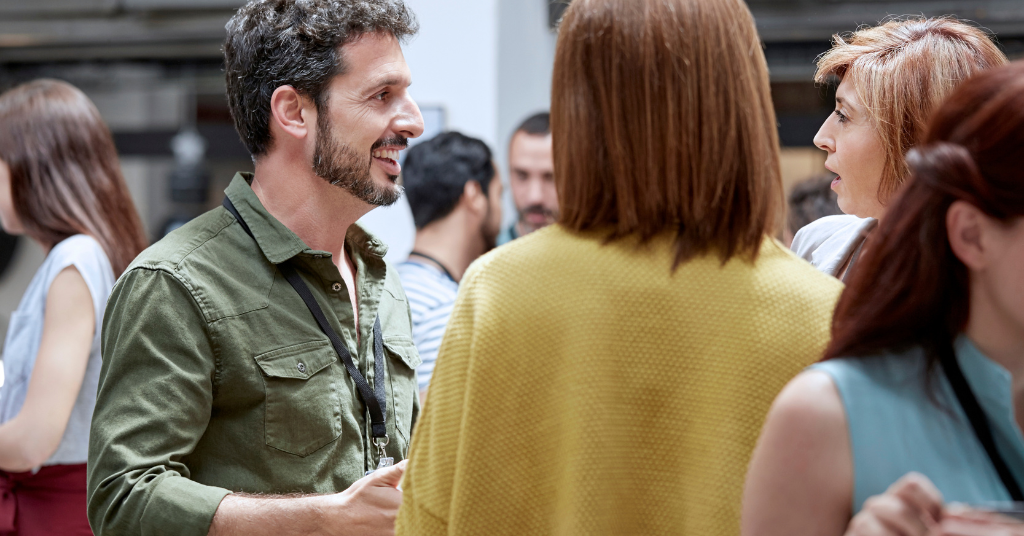
Why my husband finally decided to start learning ASL
April 24, 2019
Tips for Organizing Your Hearing Technology
April 26, 2019How deaf space and deaf gain inspire author Michael Chorost

When it comes to writing about deaf space, Michael Chorost is the man. An author and technology theorist, Chorost considers his body the future.
The bilateral cochlear implant wearer covered the impact of evolving technology and cultural attitudes towards deafness and how it has influenced his writing at the Deafness and Architecture Symposium held at the University of Buffalo School of Architecture and Planning; this is the last article in a series reporting on this one-day event.
Books
Chorost’s books explore new possibilities for technology and communication. His first book, Rebuilt, is about the experience of going deaf, getting a CI, and learning to hear again.
“It was a book on how to listen more,” he said. He wrote it before he started teaching at Gallaudet University.
At Gallaudet, Chorost saw people sign to each other across a busy street, through windows, and across floors. Someone told him he could lean over a cafeteria railing and look at all the people on the floor below. He was able to get a sense of all that was being talked about just by looking across the room. “Being there was an education in different ways,” he said. He learned more about space and the body.
Initially, Chorost was disconcerted by the fact that signers often stood further apart than he was accustomed to. He’d start moving toward people, but they’d back away. He had to get used to personal space or personal distance.
DeafGain Idea
Chorost is currently writing a novel, which has been profoundly influenced by these notions of space. He’s addressing the DeafGain idea, which is that visual/gestural languages create new possibilities for communication and built space.
“The subject of deafness empowers you, enables you to see things differently,” said Chorost. “Thereby [you’re] somebody who has a fresh perspective. It’s a very powerful idea…that I have been living through my entire career as a writer.”
“The subject of deafness empowers you, enables you to see things differently,”
One question Chorost addresses is: How do cochlear implants help with different ways of space? A possible use is implanted brain devices to enable non-verbal communication, which he calls telempathy in his second book. As he explained, getting a CI taught him that you can’t put a lot of electrodes in a human nervous system and give the brain a similar auditory experience. What comes out is auditory comprehension. If you could do that for the ear, could you also do that for the brain? In other words, could you make one brain experience what another brain has?
Chorost found he could make this idea plausible; it’s something that could occur in a very distant future. In exploring what possibilities this might open up, he came up with a scenario called the drug bust. If a military squadron had this brain tech implant, it might help in knowing where each member was at all times. This would be a very different way of communicating and experiencing the world. “A goal of mine was to show that the future of these kinds of technologies is not just what we have now, but better,” Chorost said.
Sci-Fi Novel
It wasn’t until Chorost started working on his third book that his Gallaudet experiences really sank in and his ideas came to fruition. He wanted to create something that was really truly alien, not just sci-fi aliens that are really humanoids. He’s architecting a different world. Inspired by how ASL uses space, he’s borrowed ideas from this to construct an alien “sign language.” The main alien character has a disability that enables it to recognize the presence of humans and communicate with them. The first protagonist is human and has a CI which makes him the only human being that the alien can hear on a routine basis.
Read more in this series: The Architecture of Deafness
The Deaf Space and Deaf Gain concepts have helped form the way that Chorost thinks. This and his imagining of the future will make for an interesting read.
What technology would you like to see in the future?



